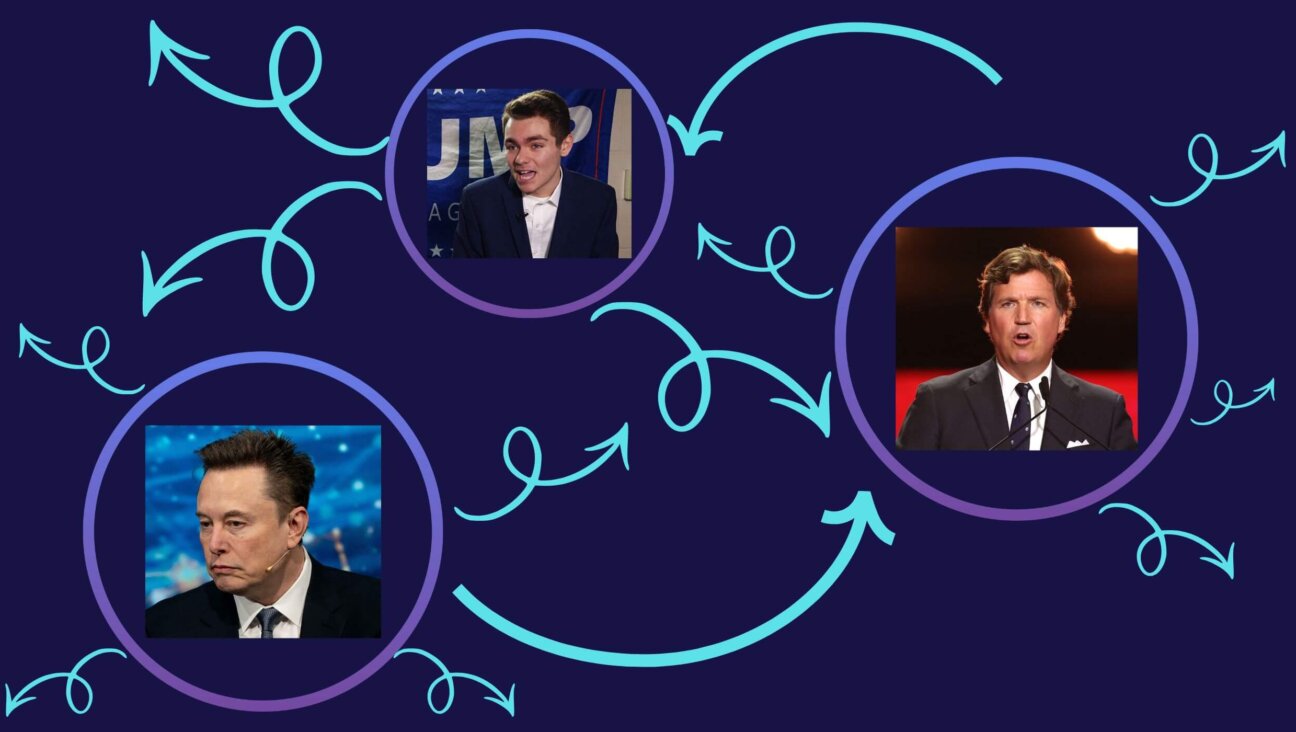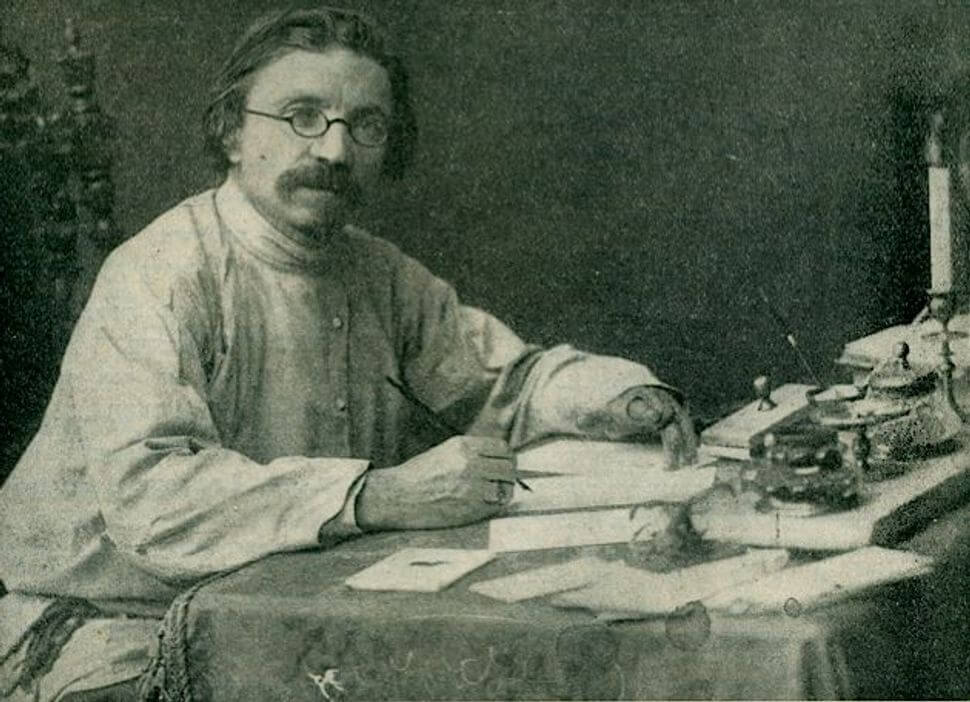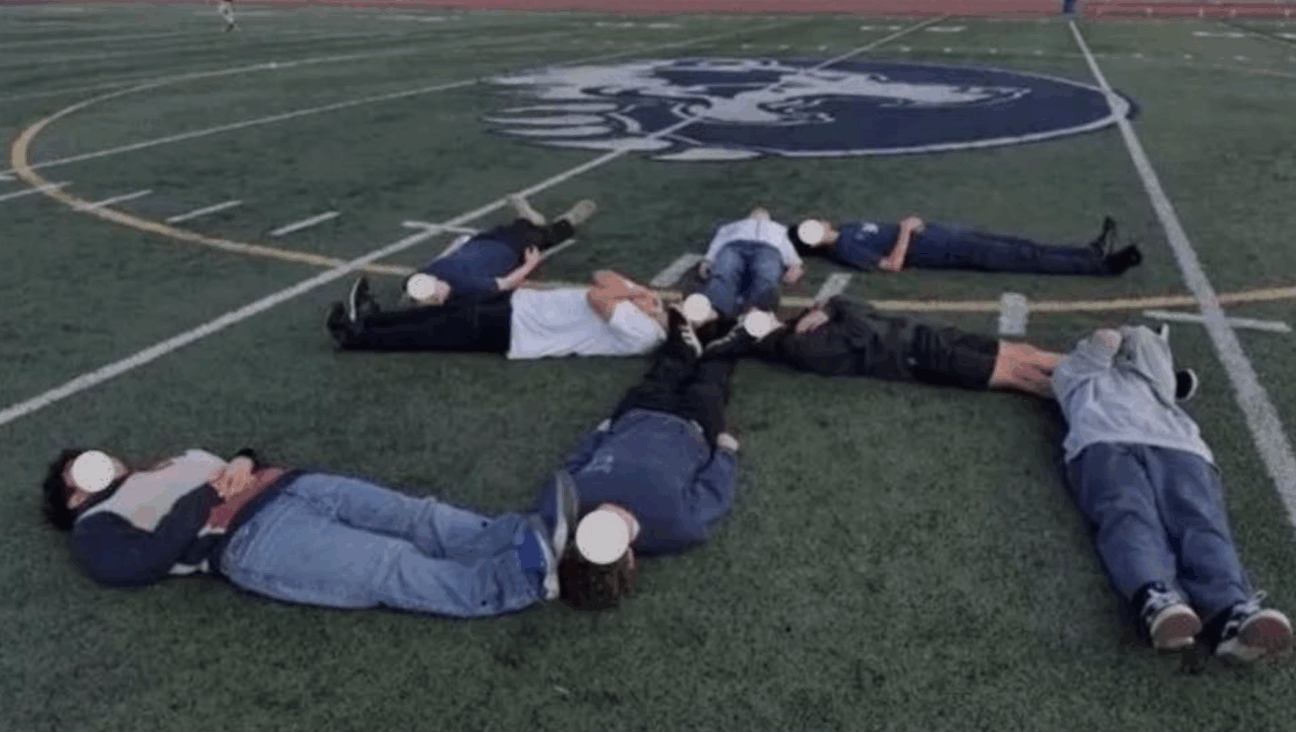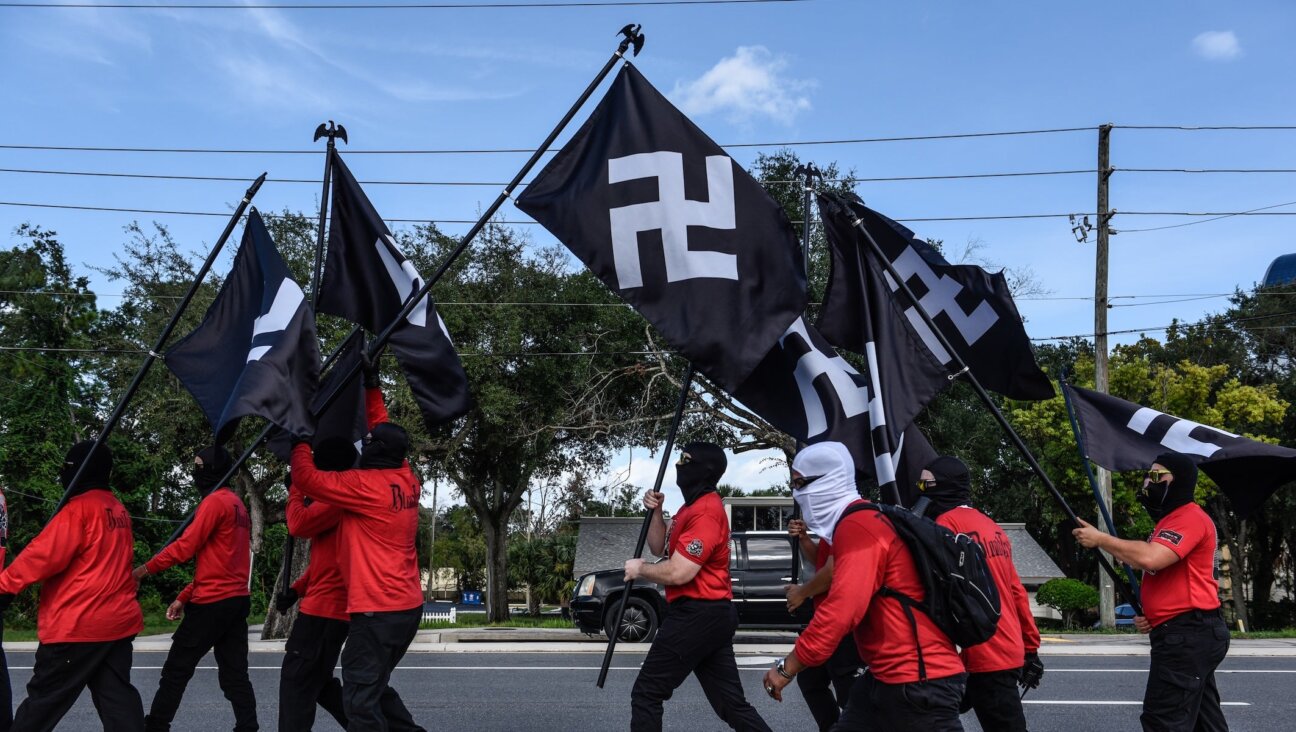FLASH FRAMES
Nazis in Newark
By Warren Grover
Transaction Publishers, 380 pages, $49.95.
* * *|
Current Garden State antisemitism is one thing — see, for example, the works of New Jersey’s former poet laureate, Newark’s Amiri Baraka — but Nazis? In Newark? Warren Grover’s scholarly text bearing the provocative title “Nazis in Newark” is a history of events that occurred New Jersey a couple of generations ago. Grover’s book recalls significant, though largely forgotten, events from 1933 until Pearl Harbor, when the Jews of Newark and its suburbs did political and physical battle with American followers of an ascendant Adolf Hitler. It was a time when the Friends of the New Germany (later to become, under Fritz Kuhn, the German American Bund) required an oath that corresponded to the Nazi oath in the Fatherland. “Destroy your vermin, the Jews,” urged leaflets in German. Sleeper “fifth column” cells were established in the United States by the Reich. Swastikas were openly displayed, the Führer was heiled by happy Teutonic-American residents and a summer camp for Nazi indoctrination flourished in the New Jersey countryside.
In response, the Jews of Newark did what Jews do: They organized. There were combinations of disparate groups led by diverse heroes. There was, for example, Nat Arno, once a boxer of indifferent pugilistic talent, who, chewing his trademark cigar, led a group styled “The Minutemen.” Arno’s day job was enforcer for the Jewish gangster Abner “Longie” Zwillman, who fully supported the Minutemen’s exertions to emphatically discourage pro-German activity with fists, stink bombs, bats and lead pipes. Arno’s good friend was S. William Kalb, a stalwart ex-Marine and a dedicated physician. While Arno cared for the corporal aspect, Kalb handled politics and organized a boycott of German goods.
Of course, many others, including religious leaders, politicians and individual civil libertarians participated. (The American Civil Liberties Union, prefiguring Skokie, defended the Friends of Germany on First Amendment grounds. Communists, naturally, interposed themselves.) In 1941, America entered World War II, and Newark’s local fight against Nazism melted into history. The urgent efforts of those citizens remembered by Grover couldn’t ameliorate the Shoah, of course, but they tried.
If the text is sometimes prolix, ascribe it to assiduous research. Temperate and solid, “Nazis in Newark” is a valuable addendum to pre-war American Jewish history.
— ROBERT GARBER
A Love Made Out of Nothing/Zohara’s Journey
By Barbara Honigmann
David R. Godine, 167 pages, $16.95.
In “A Love Made Out of Nothing” and “Zohara’s Journey,” two novellas by German Jewish writer Barbara Honigmann, female protagonists relive and overcome the fear, shame and moral inertia that undermines their Jewish experience.
In the first story, the main character returns to Germany from Paris to attend her father’s funeral, where she recalls her German father’s own return to his homeland after working as a journalist in London during the war. Honigmann uses letters, reflections and the father’s journal to bring the reader closer to the father and daughter, as well as to their relationship to each other and to Germany.
In the second story, Zohara’s journey converges with that of her neighbor in France, a Holocaust survivor, and the “journey” here comes to mean freedom from the rabbi “to whom she once felt gratitude that almost became a form of subjugation.”
Drawing portraits of women who create their dialogue with history, Honigmann engages us with astute questions about how personal experience can subvert, betray and inform the identities of European Jewish women.
— CAROLYN COHEN
My Name, A Living Memory
By Giorgio van Straten
Steerforth Press, 285 pages, $14.95.
Middle-aged author Giorgio van Straten was not ready for his father to die; he still had too many unanswered questions. Though they were not close, van Straten discovered that a parent’s death can alter how one thinks and feels in ways we don’t always anticipate. Van Straten had always been self-involved, but he became obsessed with thoughts about his father. Grief-stricken, he wondered why he hadn’t taken the time to get to know him.
In an attempt to better understand who his father was, van Straten decided to research his father’s family, but the search yielded disappointing results. Jewish families are often difficult to trace; too many records have gone missing, too many names too frequently changed. Frustrated, he decided to make an imaginative leap: He would write his own version of the story of the van Straten family, using some of the material he had uncovered, but with an emphasis on uncovering the emotional truth of what it might have felt like to be a Jew living under continual hardships throughout two centuries. The result is an imaginative set of stories with various characters, spanning six generations and three continents.
The story about Henry Goldstuck is the best. All Jewish families have a Goldstuck, or someone like him: He is the Jew that got away, the one that broke through to the other side. Refusing to be victimized, “Goldstuck” can change identities effortlessly. Charming and seductive, women take to him. He picks up new languages with great speed. He is full of life, full of hope. Most importantly, he helps other Jews; pulls them up with him.
Goldstuck escapes on a ship out of Latvia in 1874 and arrives in England still a teenager. Noticing that no one supervises the delivery of goods at the port, he sets up his own business as a watchdog for companies that are sending merchandise and is soon a very wealthy man. A few years later, he meets the author’s grandfather and, impressed with his energy and determination, hires him. Van Straten’s grandfather thrives under Goldstuck’s tutelage and is sent to Genoa to handle the business there. Neither man senses the doom that lies ahead.
Van Straten claims that “there are many ways to tell a story, many ways to lie while doing it; all equally legitimate, because lying is inevitable.
Every story is a betrayal, an arbi-
trary reconstruction, and as such requires choices, deletions, adjustments.” Van Straten’s spellbinding tale of fact and fantasy is historical fiction of a very personal sort that allows the reader to hear his ancestors breathe.
— ELAINE MARGOLIN
Why Didn’t Stalin Murder All the Jews: The 50th Anniversary of the Doctors’ Plot
By Alexander Rashin
Liberty Publishing House, 282 pages, $19.95.
The year 2003 marks the 50th anniversary of Soviet dictator Joseph Stalin’s death and its consequence: the salvation of what was left of Soviet Jewry. If all had gone according to plan, a second Jewish genocide planned by the virulently antisemitic leader might have completed the Final Solution first envisioned by Hitler.
Stalin’s hatred of Jews culminated in his nefarious “Doctors’ Plot” lie, in which a group of doctors identified as Jewish Zionists were accused of planning to poison Soviet leaders. But on March 5, 1953, in an odd turn of events, Stalin slipped into a coma and suddenly died, and the Doctors’ Plot was subsequently revealed to be a fraud.
A new account of Stalin’s final campaign, “Why Didn’t Stalin Murder All The Jews: The 50th Anniversary of the Doctors’ Plot,” by Russian-born scientist Alexander Rashin, provides a comprehensive analysis of the confusing sea of information, theories and rumors behind the final campaign of Stalin’s career. Rashin provides a careful analysis of an overlooked portion of history. His unusual take on the subject mixes research with interviews of his own Soviet Jewish family, who lived under Stalin’s threat, as well as anecdotes from his last experiences with his terminally ill wife, who helped him research the book.
Rashin’s work is an atypical history book — he has no qualms about suggesting that a higher power might have played a role in the Stalin drama. Yet throughout the book, the author’s rational, scientific voice and research methods make his arguments very persuasive.















